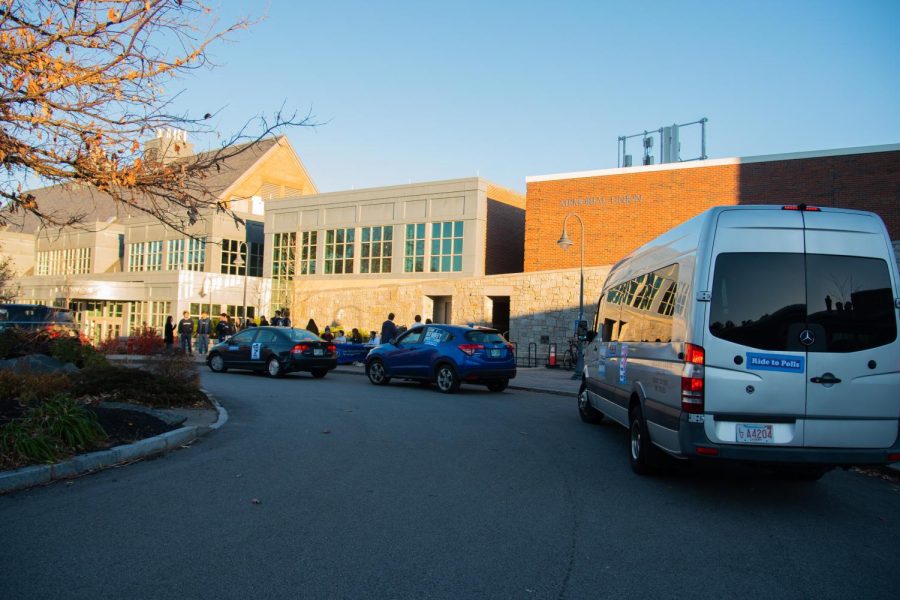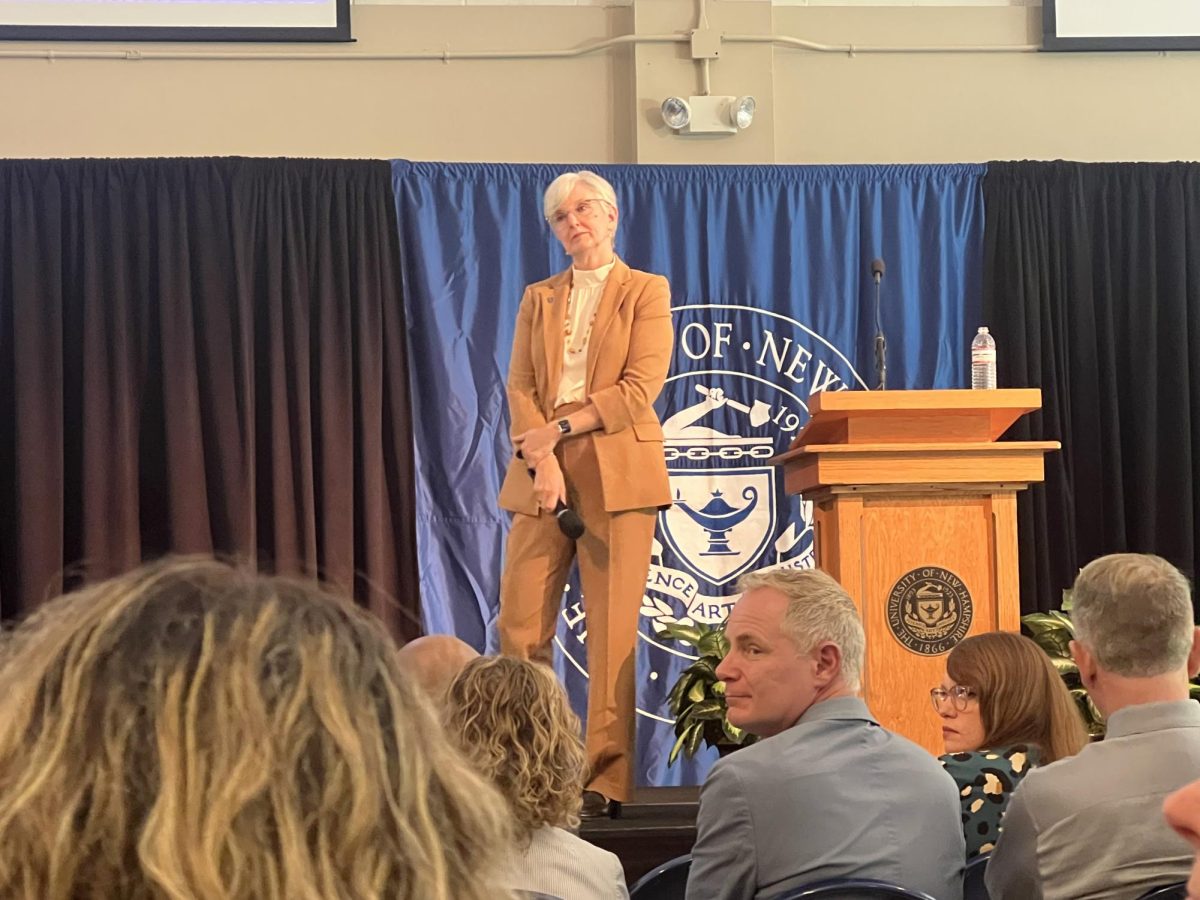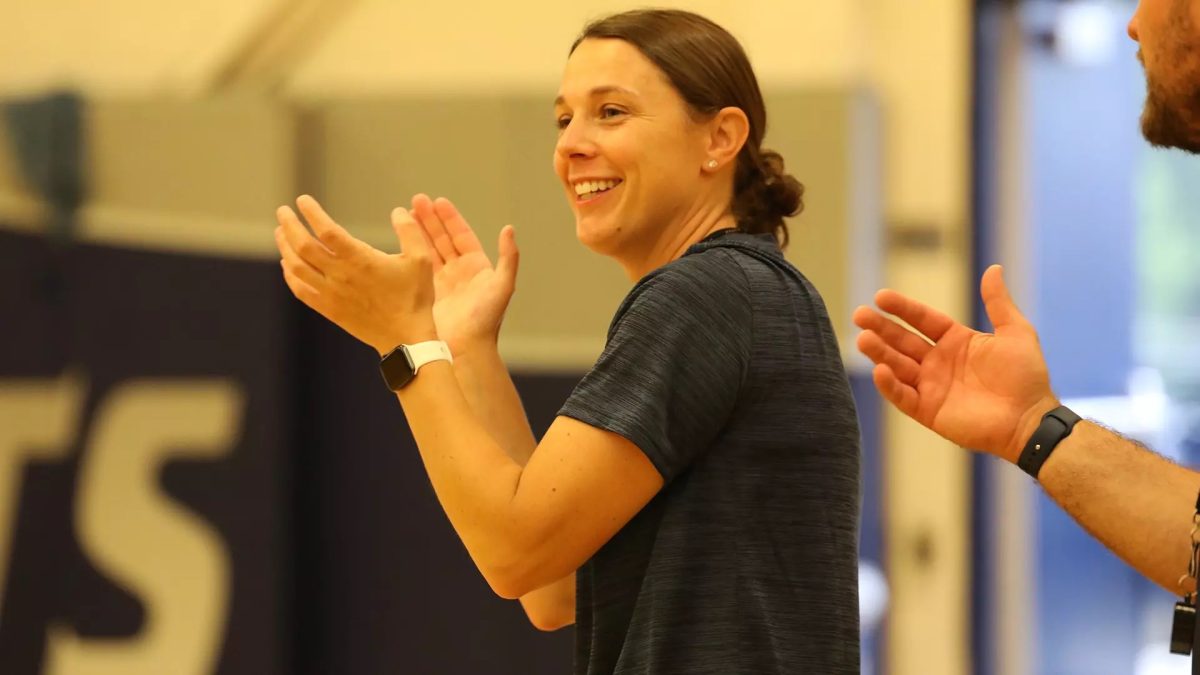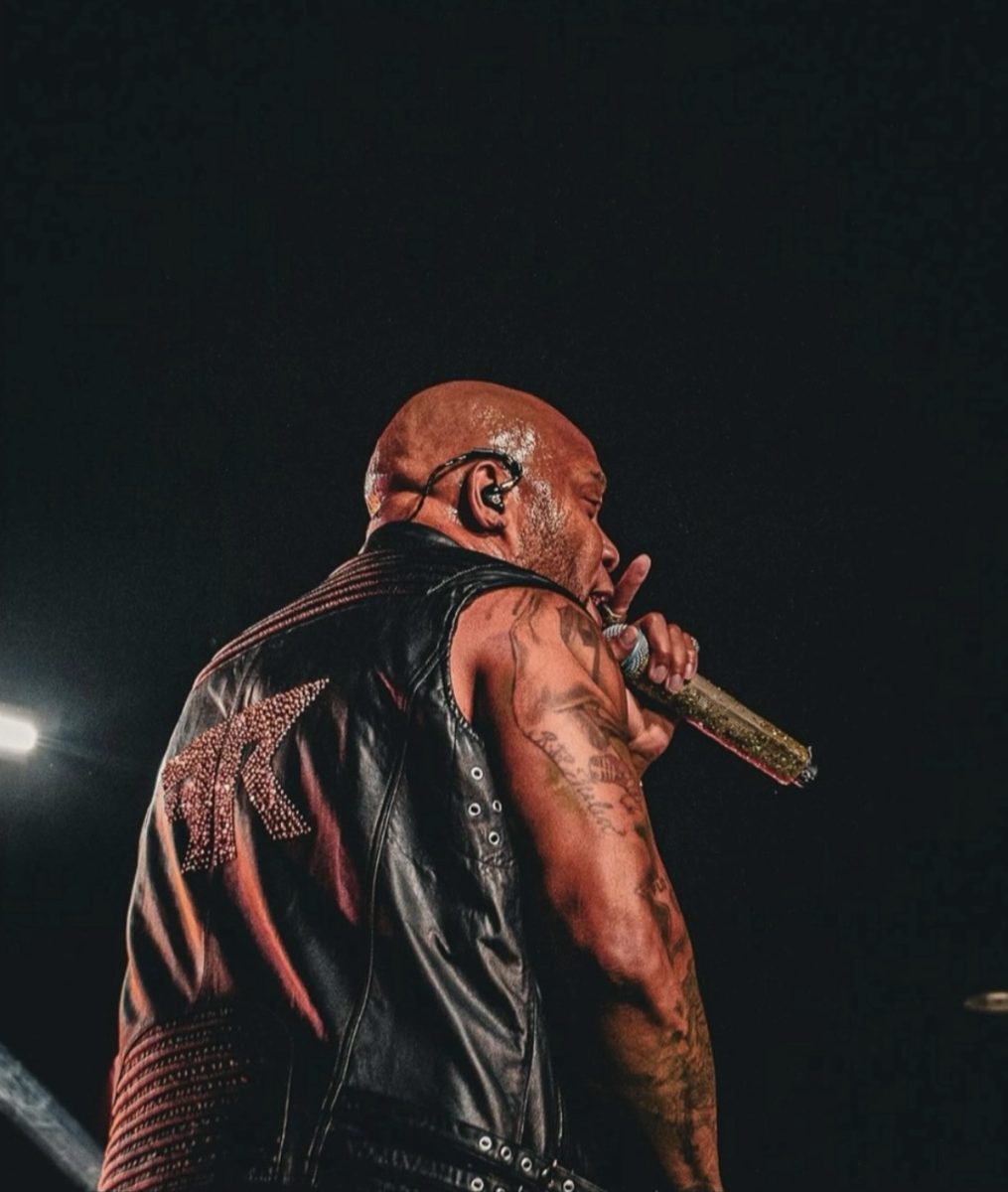As stated in previous articles by myself and The New Hampshire (TNH) Executive Editor Allison Bellucci, our organization’s business plan will be switching up for the 2017-18 academic year to include digital publications three times a week, with an extended print version coming out once a week. In my last article on the subject, published in the Monday, Nov. 21 issue, I discussed our reasoning for adopting this ‘Digital First’ philosophy. Now, I’d like to share some specific strategic ideas for the implementation of this change.
The three reasons for this change that I cited as being what I believe to be the most pertinent to TNH as a student-run news organization were that an emphasis on our digital platform, TNHdigital.com, would help boost audience accessibility, provide more immediate news coverage and help prepare student journalists to enter the working world by honing their digital reporting skills. Following are some suggestions I’ve gathered from my research on how we can accomplish each of these goals.
Boosting audience accessibility will start with conveying the importance of social media to TNH staffers. While TNH has its own Twitter and Instagram accounts, staff writers and editors should practice using their own individual social media accounts to help increase audience exposure. The digital platform for Emerson College’s school newspaper, The Berkeley Beacon, was designed by MobilityMovilidad.org co-founder Ryan Catalani in 2011. In relaunching their website, Catalani said that the Beacon’s editorial staff got their student journalists more involved on social media by giving the writers incentive to be active on their individual platforms.
“I tried to take more of a carative approach in terms of not requiring people to do certain things, but since our CMS [content management system] does track social media stats, the [student writers] who had the most shares every month would get gift cards,” Catalani said. He explained how he felt that requiring certain levels of social media activity would turn some students away, rather than encouraging them to do more.
In terms of providing more immediate and updated news coverage, David Beard, a former editor of the WashingtonPost.com, PRI.org, the Associated Press and The Boston Globe, brought up the idea of establishing a “between-editions” blog– something that would be published not just between weekly printed publications, but also between digital publication days. “Maybe the [once] a week paper focuses more on the how and the why,” he said, while the digital platform can provide the more basic, to-the-point information such as the who, what, where and when.
Already, TNH has a plan in place to create a lifestyle blog that will be run by Main Street Magazine staffers. The beautiful thing about a digital platform though, is that there is infinite space to add more. If not an established blog, journalists could have the option of writing quick, breaking news style stories for immediate publication online, followed by more thoroughly reported, in-depth stories later in the print version. Then, the online versions of stories could always be updated with additional information.
Lastly, the digital era is fresh and full of opportunities for up-and-coming journalists. I believe that the best way we can prepare our fellow student journalists to enter the news industry after graduation will be creating what Beard called a “culture of experimentation” for their time here at UNH.
One thing Beard talked about was how many journalists use social media platforms as note-taking tools during their reporting process. “A lot of times people will use Twitter or Instagram as like a notebook. They’re there, this is happening, here’s a good quote, I’ve written it down and I’ve tweeted it. So when I come back to compile my story, I’ve got a few things done already, or I’ve got an image that I created on Instagram. It doesn’t have to be extra. It can be while you’re reporting,” Beard said. He made reference to Washington Post journalist David Fahrentold’s use of Twitter to actively involve readers in his reporting process.
More ambitious students may be interested in eventually redesigning TNH’s entire digital platform. Catalani said that he created a CMS for the Beacon “that was customized for [their] work flow in the newsroom.” He said that “the whole site, from start to finish, is custom for the Beacon.” Though it was an immense amount of work, Catalani said that he had fun with the project, as it was something he was really passionate about. With a strong emphasis placed on TNHdigital.com, which is currently run through WordPress, perhaps some tech-savvy student might be intrigued by the same idea of creating a custom CMS for TNH. The point is, there will be more opportunities to try new things through the flexibility of a ‘Digital First’ experimentation. The way TNH operates should not be set in stone, especially not when every major and minor news organization nation wide is scrambling to develop new, more sustainable and more successful methods of operation.
“We had a lot of great ideas that were harder to implement than we thought,” Catalani said. He encouraged the current and future TNH staff members to try to do whatever they think they want to do, but not to get discouraged if it takes longer than expected, because it probably will.
Categories:
Possible strategies for implementing a ‘Digital First’ philosophy
December 7, 2016
0
Tags:





















